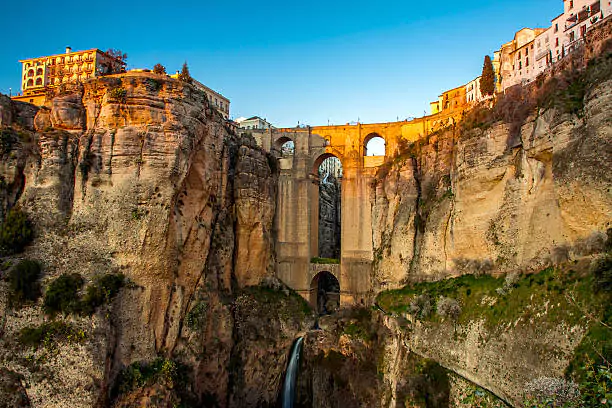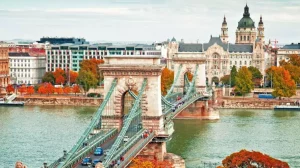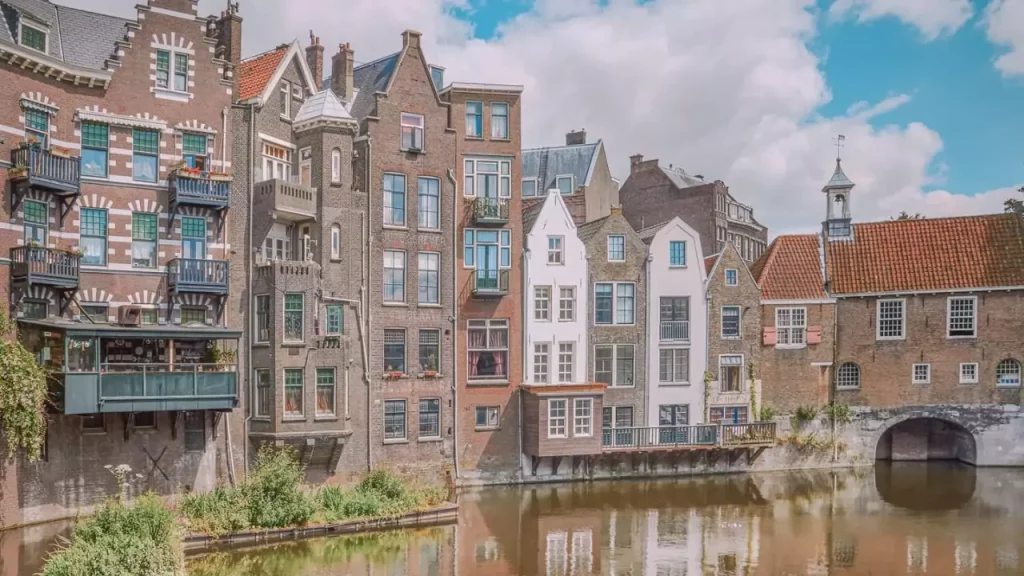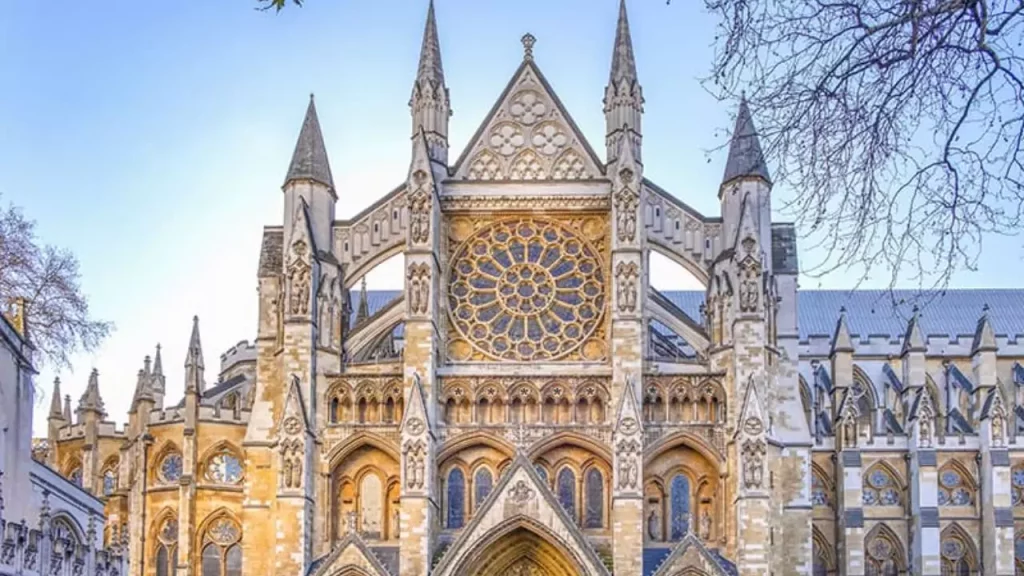“With our guide to the ten best places to visit, you can discover the charming town of Ronda in Spain. From the renowned Puente Nuevo to the ancient beauty of La Ciudad, each location reveals the rich history, stunning landscapes, and cultural riches that make Ronda a must-see vacation.”
Ronda’s Best Places to Visit
1. Puente Nuevo (New Bridge)

Puente Nuevo, Ronda’s famed New Bridge, towers over the El Tajo gorge and provides breathtaking views of the surrounding surroundings. Visitors can tour this architectural marvel while admiring panoramic views of the gorge, town, and distant mountains. The bridge has historical value and is ideal for picture aficionados. Entrance to Puente Nuevo is usually free, but for a more immersive experience, you can opt to visit the Interpretation Center, located in one of the bridge’s towers, which provides insights into its construction and history.
Admission to the Interpretation Center costs about $2 to $3. Consider crossing the bridge and exploring the paths along the gorge for breathtaking views. The cost of crossing Puente Nuevo is modest, delivering an unforgettable experience in Ronda that effortlessly merges natural beauty and architectural wonder.
2. El Tajo Gorge

El Tajo Gorge in Ronda, Spain, is a natural wonder that captivates visitors with its towering cliffs and stunning scenery. The gorge surrounds the town, providing a magnificent background that contributes to Ronda’s appeal. Walking along picturesque pathways in El Tajo Gorge offers stunning views of the mountainous scenery and the meandering Guadalevín River beneath. While access to the gorge itself is typically free, consider visiting the various viewpoints strategically positioned for the best panoramic views, such as the Alameda del Tajo park.
Entrance to these vistas is usually inexpensive, ranging from $2 to $5. As you walk along the paths, take in the peaceful ambiance and appreciate the natural beauty that has made El Tajo Gorge a must-see attraction in Ronda. The minimal fees contribute to the preservation and maintenance of these viewpoints, ensuring a memorable and well-maintained experience for all who explore this remarkable geological formation.
3. La Ciudad (The Old Town)

La Ciudad, or The Old Town, in Ronda, Spain, is a lovely and historic region that transports visitors back in time. Wandering through its tiny, cobblestone alleys, you’ll see a mix of traditional Andalusian architecture, vibrant squares, and local stores. Explore Plaza Duquesa de Parcent to experience the authentic environment, which includes outdoor cafes and stores that offer a glimpse into local life. Admission to La Ciudad is usually free, allowing you to immerse yourself in its rich history and cultural legacy.
Don’t miss out on visiting the Santa Maria la Mayor Church, a stunning architectural masterpiece that combines Gothic and Renaissance styles and showcases holy artwork. As you walk through The Old Town, you’ll come across numerous landmarks, squares, and hidden gems, making a lovely tour through Ronda’s history. Exploring La Ciudad is inexpensive, with occasional fees ranging from $3 to $10 for special sites such as museums or guided tours, making for an economical and enriching experience in this charming portion of Ronda.
4. Plaza de Toros (Bullring)

Plaza de Toros, Ronda’s historic bullring, demonstrates the town’s deep connection to the bullfighting history. This iconic arena, which pioneered modern bullfighting, provides tourists with a unique view into Ronda’s cultural legacy. The bullring is more than just a site for bullfighting; it also features a museum that explores the history and relevance of this contentious tradition. Entrance to the Plaza de Toros often costs $7 to $10, which allows you to explore the museum, the bullring, and learn about the fascinating world of Spanish bullfighting.
The museum displays objects, costumes, and historical information to provide a thorough appreciation of the role bullfighting has had in Ronda’s cultural evolution. A visit to Plaza de Toros allows you to enjoy the bullring’s architectural grandeur, the adrenaline-fueled history of the fights, and gain a better grasp of the cultural intricacies surrounding this centuries-old ritual.
5. Palacio de Mondragón

The Palacio de Mondragón, located in the heart of Ronda, Spain, is a compelling historical site that encourages visitors to step into the past. This palace, with its spectacular Andalusian design, serves as the municipal museum, providing a fascinating glimpse into Ronda’s history. Explore the carefully planned courtyards and gardens, which are embellished with fountains and rich flora, providing a tranquil atmosphere. The municipal museum, located inside the palace, displays antiques, archeological finds, and exhibitions from prehistoric to Islamic eras.
Admission at Palacio de Mondragón normally costs between $4 and $6, and includes entry to the museum and the palace’s wonderfully preserved chambers. Admire the antique tapestries, ceramics, and furniture that provide a look into the region’s vibrant cultural legacy. The palace’s architecture, together with its extensive collection, presents a complete picture of Ronda’s progress over time. A visit to Palacio de Mondragón promises to be an enriching experience, allowing you to immerse yourself in the architectural and historical riches of this charming Spanish town.
6. Arab Baths

The Arab Baths in Ronda, Spain, transport tourists to a bygone age and provide a look into the town’s Moorish history. These well-preserved baths, which date back to the 13th century, offer a unique and relaxing experience. Explore the ornate architecture, which features horseshoe arches and star-shaped skylights that reflect the influence of Moorish style. Admission to the Arab Baths costs between $4 and $6 and allows you to explore the many chambers, including the frigidarium (cold room), tepidarium (warm room), and caldarium (hot room), each of which has a unique purpose in the ancient bathing process.
Informational panels explain the baths’ historical significance and influence in Moorish culture. The tranquil atmosphere and thorough preservation of these old baths make for a relaxing and enlightening visit, connecting you to Ronda’s rich heritage and the ongoing legacy of Moorish influence in southern Spain.
7. Baños Árabes Park

Baños Árabes Park in Ronda, Spain, is a calm hideaway surrounded by beautiful nature. This park is named after the neighboring Arab Baths and offers a peaceful setting for tourists to relax and appreciate nature. Baños Árabes Park offers free access to its well-kept walks, gardens, and shady spaces, attracting both locals and tourists.
The park is ideal for taking a leisurely stroll, having a quiet picnic, or simply relaxing and admiring Ronda’s beautiful scenery. As you explore the park, you’ll come across picturesque corners, benches beneath the shade of trees, and perhaps even see some local species. The absence of an entrance fee makes Baños Árabes Park an accessible and delightful destination for those seeking a peaceful interlude in the midst of Ronda’s historic charm.
8. Santa Maria la Mayor Church

Santa Maria la Mayor Church in Ronda, Spain, is a stunning architectural masterpiece that entices both history buffs and art lovers. This church’s outstanding blend of Gothic and Renaissance styles exemplifies the town’s rich cultural legacy. Entrance to Santa Maria la Mayor Church is typically free, allowing visitors to marvel at the intricate details of its facade, adorned with elegant sculptures and carvings. Once inside, see the elaborate chapels, altars, and religious artwork from various centuries, which provide a detailed history of the church’s evolution.
If you decide to climb the church tower, which provides panoramic views of Ronda, there may be a little cost ranging from $3 to $5. The hike is rewarded with spectacular views of the town and neighboring countryside. A visit to Santa Maria la Mayor Church promises not only a spiritual and historical journey but also an appreciation for the artistic achievements that grace this sacred space in the heart of Ronda.
9. Casa del Rey Moro (House of the Moorish King)

The Casa del Rey Moro in Ronda, Spain, is a fascinating historical landmark that immerses visitors in the town’s Moorish heritage. This house, thought to have been inhabited by King Abomelic of Ronda in the 14th century, offers a unique blend of architectural splendor and historical relevance. Casa del Rey Moro’s well-preserved gardens feature a water mine system from Moorish times. For a small admission fee of approximately $5 to $8, visitors can explore the intricate labyrinth of stairs that lead down to the Guadalevín River, offering a glimpse into the ingenious engineering of the Moors in their quest for a water supply during times of siege.
The gardens itself are a tranquil haven, with terraced landscapes, unique vegetation, and panoramic views of the surrounding regions. In addition, the house itself provides insight into the property’s architectural progress over the years. A visit to Casa del Rey Moro promises a fascinating tour through Ronda’s Moorish past, as well as a peaceful escape into the wonderfully designed gardens.
10. Mirador de Aldehuela

Mirador de Aldehuela in Ronda, Spain, is a spectacular viewpoint that provides panoramic views of the town and its beautiful environs. This observation point offers an amazing view of Ronda’s beautiful surroundings, which are framed by the historic Puente Nuevo and the gorgeous El Tajo Gorge. What is the best part? Mirador de Aldehuela is normally free to visit, making it an accessible site for anybody looking for breathtaking views.
The scenic views of undulating hills, old architecture, and the Guadalevín River make it an attractive location for photographers and wildlife enthusiasts. Whether you visit during the day or at evening, Mirador de Aldehuela promises a memorable and affordable experience that perfectly captures the natural beauty of Ronda’s surrounds.








